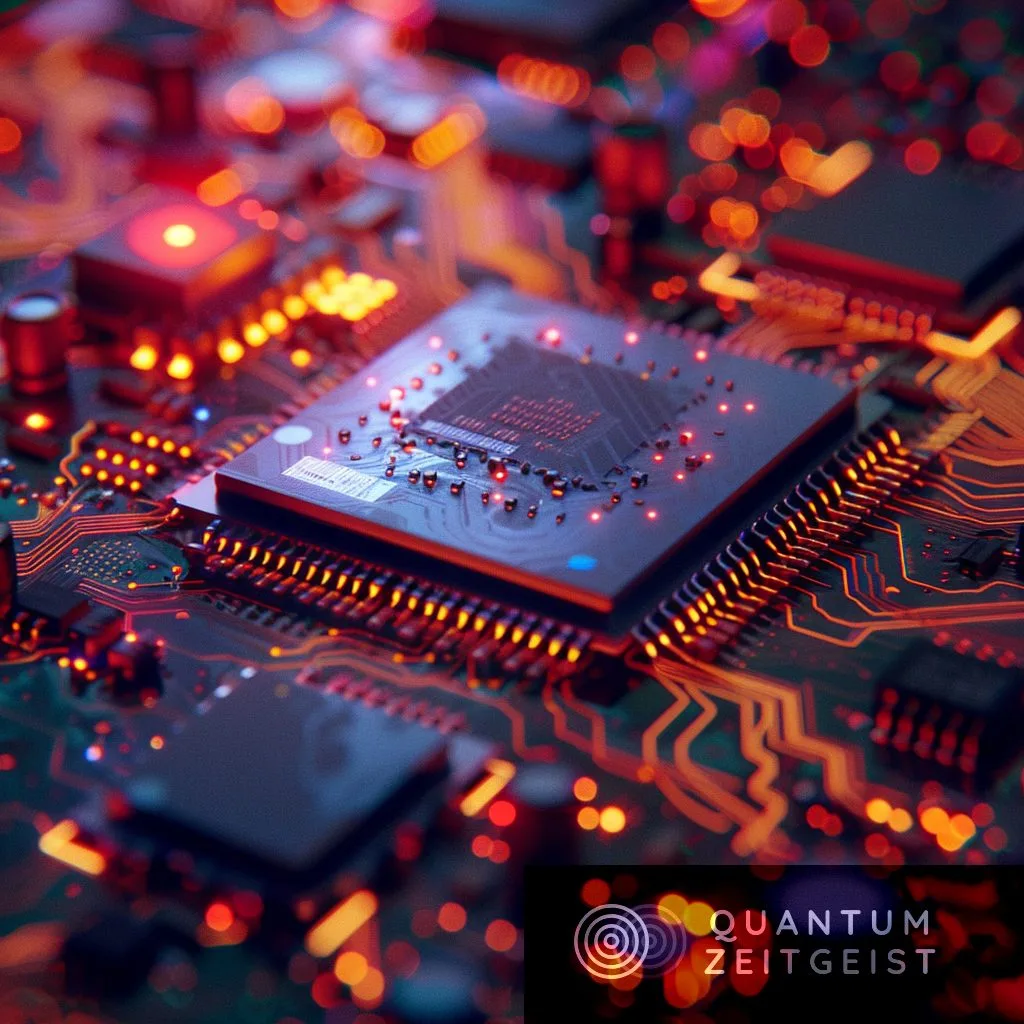The rapid advancement of artificial intelligence (AI) and machine learning (ML) applications has led to the development of specialized hardware accelerators designed to handle the increasing complexity and computational demands of AIML algorithms. Traditional computing architectures are being outpaced by these requirements, leading to the creation of accelerators like the Graphcore Intelligence Processing Unit (IPU), Sambanova Reconfigurable Dataflow Unit (RDU), and enhanced GPU platforms. These accelerators, characterized by innovative dataflow architectures, promise superior performance and energy efficiency for AIML tasks. The research provides a comprehensive evaluation and comparison of these commercial AIML accelerators, offering insights into their strengths and unique capabilities.
What is the Need for Specialized Hardware Accelerators in AIML?
The rapid advancement of artificial intelligence (AI) and machine learning (ML) applications has necessitated the development of specialized hardware accelerators. These accelerators are designed to handle the increasing complexity and computational demands of contemporary AIML algorithms. Traditional computing architectures, based on the von Neumann model, are being outpaced by the requirements of these algorithms. This has led to a surge in the creation of accelerators like the Graphcore Intelligence Processing Unit (IPU), Sambanova Reconfigurable Dataflow Unit (RDU), and enhanced GPU platforms.
These hardware accelerators are characterized by their innovative dataflow architectures and other design optimizations. They promise to deliver superior performance and energy efficiency for AIML tasks. The von Neumann architecture, which has served as the backbone of computing for decades, is increasingly challenged by the demands of modern AIML workloads. These workloads often involve complex operations such as matrix multiplications, convolutions, and graph processing, which can be highly parallelizable but are bottlenecked by the data transfer constraints inherent in the von Neumann architecture.
How are Emerging AIML Accelerators Addressing these Challenges?
To address these challenges, there has been a surge in the development of specialized hardware accelerators. These accelerators aim to optimize the performance of AIML tasks through innovative architectural designs and execution models. Among the emerging contenders in the field of AIML accelerators, Graphcore’s Intelligence Processing Unit (IPU) and Sambanova’s Reconfigurable Dataflow Unit (RDU) stand out for their unique approach to hardware acceleration.
These platforms leverage dataflow architectures, which are fundamentally different from the von Neumann architecture, to enable more efficient computation for AIML workloads. By aligning the hardware design with the data-centric nature of AIML algorithms, these accelerators promise significant gains in performance and energy efficiency.
What Role do GPUs Play in AIML Acceleration?
In addition to these specialized dataflow accelerators, Graphics Processing Units (GPUs) have also been at the forefront of AIML acceleration. With their highly parallel structure and robust ecosystem, GPUs continue to evolve with features such as Tensor Cores and enhanced memory hierarchies to better support the intensive computational demands of AIML applications.
GPUs, with their highly parallel structure and robust ecosystem, continue to evolve with features such as Tensor Cores and enhanced memory hierarchies to better support the intensive computational demands of AIML applications. They have been instrumental in the acceleration of AIML tasks, and their evolution continues to be driven by the increasing demands of these applications.
How are these AIML Accelerators Evaluated and Compared?
This research provides a preliminary evaluation and comparison of these commercial AIML accelerators. It delves into their hardware and software design features to discern their strengths and unique capabilities. By conducting a series of benchmark evaluations on common DNN operators and other AIML workloads, the researchers aim to illuminate the advantages of dataflow architectures over conventional processor designs and offer insights into the performance trade-offs of each platform.
The findings from this study will serve as a valuable reference for the design and performance expectations of research prototypes. This will facilitate the development of next-generation hardware accelerators tailored for the ever-evolving landscape of AIML applications. Through this analysis, the researchers aspire to contribute to the broader understanding of current accelerator technologies and to provide guidance for future innovations in the field.
What are the Key Findings from this Research?
The key findings from this research will serve as a valuable reference for the design and performance expectations of research prototypes. This will facilitate the development of next-generation hardware accelerators tailored for the ever-evolving landscape of AIML applications. The researchers aim to illuminate the advantages of dataflow architectures over conventional processor designs and offer insights into the performance trade-offs of each platform.
Through this analysis, the researchers aspire to contribute to the broader understanding of current accelerator technologies and to provide guidance for future innovations in the field. The research provides a comprehensive evaluation and comparison of these commercial AIML accelerators, delving into their hardware and software design features to discern their strengths and unique capabilities.
What is the Future of AIML Accelerators?
The future of AIML accelerators looks promising, with the development of next-generation hardware accelerators tailored for the ever-evolving landscape of AIML applications. The relentless advancement of AI and ML applications necessitates the continuous development of these specialized hardware accelerators. The findings from this study will serve as a valuable reference for the design and performance expectations of research prototypes, thereby facilitating the development of these next-generation accelerators.
Through this analysis, the researchers aspire to contribute to the broader understanding of current accelerator technologies and to provide guidance for future innovations in the field. The research provides a comprehensive evaluation and comparison of these commercial AIML accelerators, delving into their hardware and software design features to discern their strengths and unique capabilities.
Publication details: “Evaluating Emerging AI/ML Accelerators: IPU, RDU, and NVIDIA/AMD GPUs”
Publication Date: 2024-05-07
Authors: Hongwu Peng, Caiwen Ding, Tong Geng, Sutanay Choudhury, et al.
Source: ICPE ’24 Companion: Companion of the 15th ACM/SPEC International Conference on Performance Engineering
DOI: https://doi.org/10.1145/3629527.3651428

